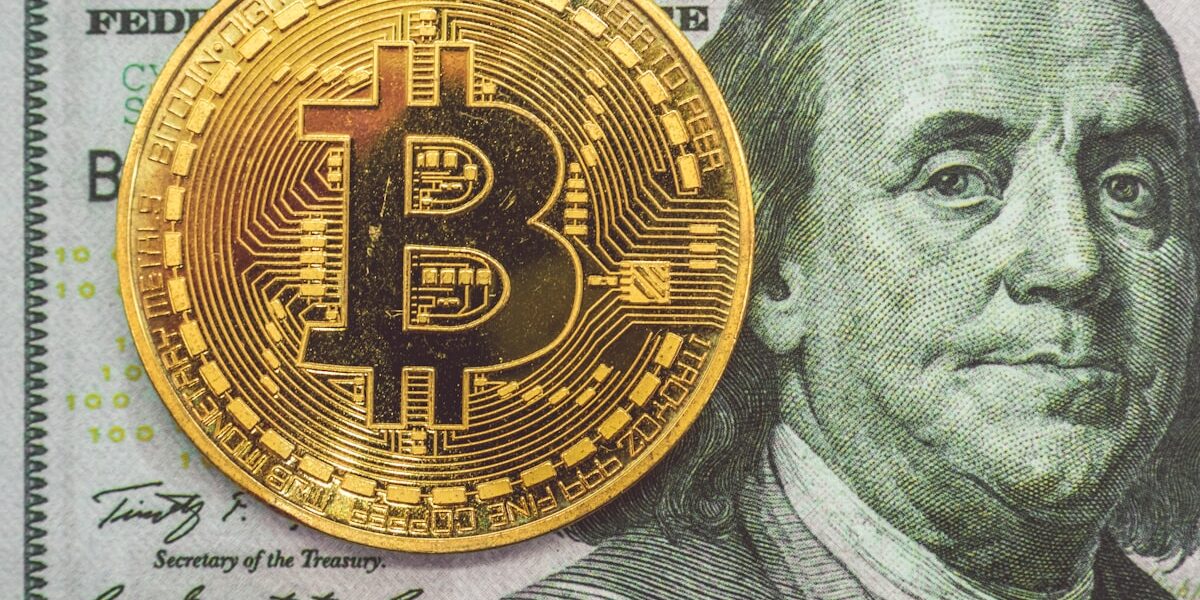The Most Expensive Coin in the World
Coins have fascinated collectors and historians for centuries. They serve as windows to the past, offering insight into economics, culture, and art. Among numismatists, the value of coins can be immeasurable. However, one coin stands out due to its jaw-dropping price.
The 1933 Saint-Gaudens Double Eagle
The 1933 Saint-Gaudens Double Eagle is considered the most expensive coin ever sold. This gold coin was primarily designed by renowned sculptor Augustus Saint-Gaudens. It was meant to be minted as part of President Theodore Roosevelt’s initiative to beautify American coinage.
In 1933, 445,500 Double Eagles were produced. However, they were never circulated due to the U.S. abandoning the gold standard. Most were melted down and converted into gold bullion. Twenty coins managed to escape this fate.
The Flight of the Double Eagles
The surviving coins were held illegally for decades. In 1944, the U.S. Secret Service launched a crackdown, discovering nine coins held by collectors. Until the 1990s, only one Double Eagle was known to be in legal private hands.
This single legal 1933 Double Eagle was sold at auction in 2002. It fetched an incredible $7.59 million, setting a record for the highest price paid for a coin.
Why Are Coins So Highly Prized?
Coins hold significance due to their historical context. They reflect trade, politics, and technological advancements. For collectors, coins are tangible pieces of history, and some will pay a premium for rare items.
Numismatics, the study of coins, goes beyond collecting. Researchers deduce the economic status of ancient civilizations from coins. They reveal trade routes, social hierarchies, and regimes.
The Market for Rare Coins
Investors also find value in rare coins. The market is not just for collectors but also for those who view coins as an asset. Like art, the value of coins isn’t always tied to the material they contain. Historical significance plays a substantial role in valuation.
The 1804 Silver Dollar is another notable example. Minted under mysterious circumstances, its rarity and intrigue keep it in high demand among enthusiasts.
The Journey of a 1933 Saint-Gaudens
One particular 1933 Double Eagle became legendary. It was part of the Egyptian King Farouk’s extensive collection. Its unauthorized release initially led to diplomatic and legal battles.
After King Farouk’s overthrow, his collection, including the Double Eagle, was auctioned in Cairo. Experts disputed its legality for years. It took extensive negotiation for it to be legally owned and sold.
The Unique Appeal of the Saint-Gaudens Design
Augustus Saint-Gaudens’s design is often lauded as the most beautiful coin ever created. The obverse features Lady Liberty holding a torch and an olive branch. The reverse depicts a majestic flying eagle.
Historians and collectors agree that the artistry involved elevates its desirability. The attention to detail is a testament to early 20th-century American minting capabilities.
Understanding Coin Grading
Grading affects a coin’s market value greatly. Experts examine coins for imperfections to assign grades. The Sheldon Coin Grading Scale is widely used, ranging from Poor (P-1) to Perfect Mint State (MS-70).
Amateur collectors often misjudge condition. Accurate grading requires experience and sometimes even specialized tools. High-grade specimens of rare coins command premium prices, adding to the Saint-Gaudens’s value.
Legal Battles over Rare Coins
Ownership and legality of certain coins can lead to disputes. The 1933 Double Eagle’s status was unclear for decades. The U.S. government insisted all coins produced in 1933 were property of the mint.
Many involved protracted court battles. Desiring peace regarding ownership, some collectors attempted resolution through legal channels. Legal certainties often enhance a coin’s marketability.
Economic Implications of Rare Coins
When expensive coins hit the auction block, they can influence market trends. The sale of a legendary item might inflate the worth of similar coins temporarily. Investors might subsequently consider coins a stable hedge against inflation.
Some investors embrace coins like these for portfolio diversification. Though the market is niche, it attracts those with a keen eye for history and unique assets.
Collecting Coins: Passion or Investment?
Collecting rare coins is mankind’s enduring interest. For some, it serves as a connection to history. Others perceive it strictly as an investment opportunity. Both mindsets see the charm and potential of a storied coin like the Saint-Gaudens.
The Double Eagle exemplifies an ideal marriage of rarity, beauty, and historical significance. It encapsulates the journey from raw material to an item of immense prestige.
International Interest in U.S. Coins
While U.S. coins are central to many collections, their appeal crosses borders. International collectors appreciate the design and narratives they represent. The 1933 Double Eagle, though specific to U.S. history, fascinates enthusiasts worldwide.
Engagement in coin auctions from global bidders highlights the transcendental appeal. Coins become vehicles of cultural understanding and exchange, furthering their allure.
The Future of High-Value Coins
Market variables may influence future coin values, but intrinsic worth often resists price volatility. The blend of artistry and rarity ensures coins like the Saint-Gaudens remain in high esteem.
Technological advances like blockchain could affect future transactions. Today’s transparent records might reduce disputes and set new valuation standards.
The Human Story Behind Coins
Behind every rare coin lies a human narrative. The 1933 Double Eagle exemplifies this with its remarkable odyssey. It involves government oversight, theft, and eventually, lawful ownership.
Each coin’s journey adds depth to its story. The involvement of passionate individuals who cherish them cannot be overstated.
Conclusion
Though this article aims to educate, real engagement happens within the community. Coins like the 1933 Saint-Gaudens inspire awe. They remind us of the allure and intricacy inherent in numismatics. Whether driven by fascination or investment ambitions, the pursuit of understanding these items enriches one’s appreciation of history.
Recommended Collecting Supplies
Coin Collection Book Holder Album – $9.99
312 pockets for coins of all sizes.
20x Magnifier Jewelry Loupe – $13.99
Essential tool for examining coins and stamps.
As an Amazon Associate, we earn from qualifying purchases.


